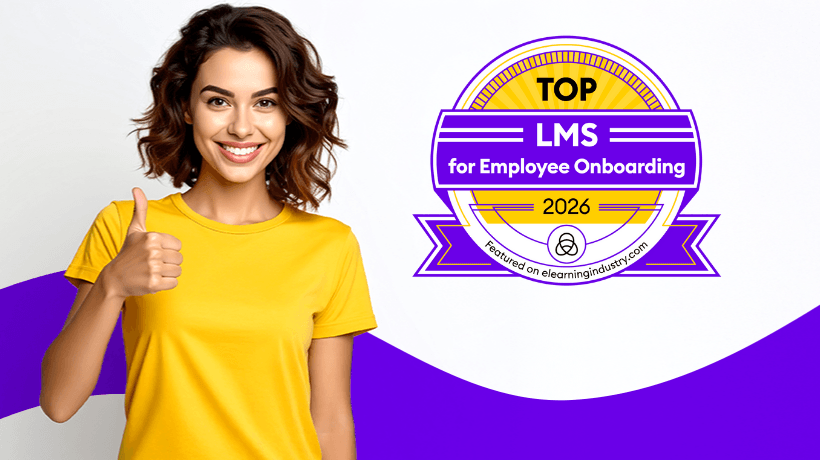How To Define And Track Your Training Plan For Employee Onboarding
When you bring a new staff member into your business, it’s vital to have a clear employee onboarding plan in place. This ensures a smooth transition for the new team member and your existing staff members, and will hopefully mean all your new staff is able to get up to speed and feel at ease in their role very quickly.
Let’s take a look at some training plan best practices to ensure your onboarding process is the best out there!
1. Plan Out Standard Training
The first stage of coming up with training plans for your new employees is to think about the standard training that they will need to complete to join your business.
This could be things like fire safety training, so they know how to evacuate the building in a proper fashion, or training on your internal tech systems to ensure they know how to use the tools they will need daily.
These should be mapped out as standard on every training plan you create, no matter what role the new staff member is going to fill.
2. Plan Out Department-Specific Training
The next thing to think about is what training the new staff member will have to complete in order to integrate into their new department. This should be decided with the heads of that department, as they will want to make sure that all their team are trained on the same things and are up to the expected standard.
It’s crucial that every member of the team know the processes the department works in so that work is completed in the smoothest way possible. You also want to make sure new team members know who is responsible for what in the team, so they know who to go to if they need help or have a question.
3. Plan Out Role-Specific Training
Finally, you need to think about the types of training a new team member will have to complete specific to their job role. These could be things like new managers will have to complete management training, or team members who are going to be calling customers will have to complete customer-facing training to ensure they are representing your business the way you want.
Again, this should be mapped out with the department heads, and perhaps the wider management team if you are onboarding a new manager, to ensure you cover all the necessary training.
4. Think About The Order And Timing
Once you have decided on all the training you want to include in each new employee onboarding training plan, you want to think about the order in which the training should be completed.
Obviously, the basic training such as how to use your internal systems, and how their particular team works, will need to be completed first, as this is the key information the new staff member will need in order to start working with your business.
While further training is still vital, you want to make sure you don’t bombard new employees with anything but training for the first few weeks they are with you. Not only will it stop them from doing their actual job and integrating with their new team, but it will more than likely be far too much information for them to absorb!
It’s a much better idea to look at how you can split the training up as much as possible, to ensure they still get everything done but they don’t have to spend a large chunk of time doing nothing but learning.
5. Allow For Growth
It’s important to be a little flexible with your training plans, where possible, to allow for staff input and growth as they progress with the company. It’s a good idea, when possible, to ask the new team members where they see themselves progressing to in the company, and what skills they would personally like to work on. This will allow you to suggest further training courses which may help them with these goals, meaning everyone can work towards a more personalized training plan as well as completing the training assigned to them by you.
6. Share The Plan With Employees
The last stage of employee onboarding is obviously to share the training plans with your employees. Not only will this make it clear exactly what you expect of them, but it will also allow them to see the timeline they need to complete all the training.
Make sure it is somewhere they can access at all times, so both you and the staff members are always aware of where they are in their training progress. It’s a great idea to track employee training online, so they are able to tick off all the training they have completed. This way, it’s really easy for everyone to track what still needs to be done.








